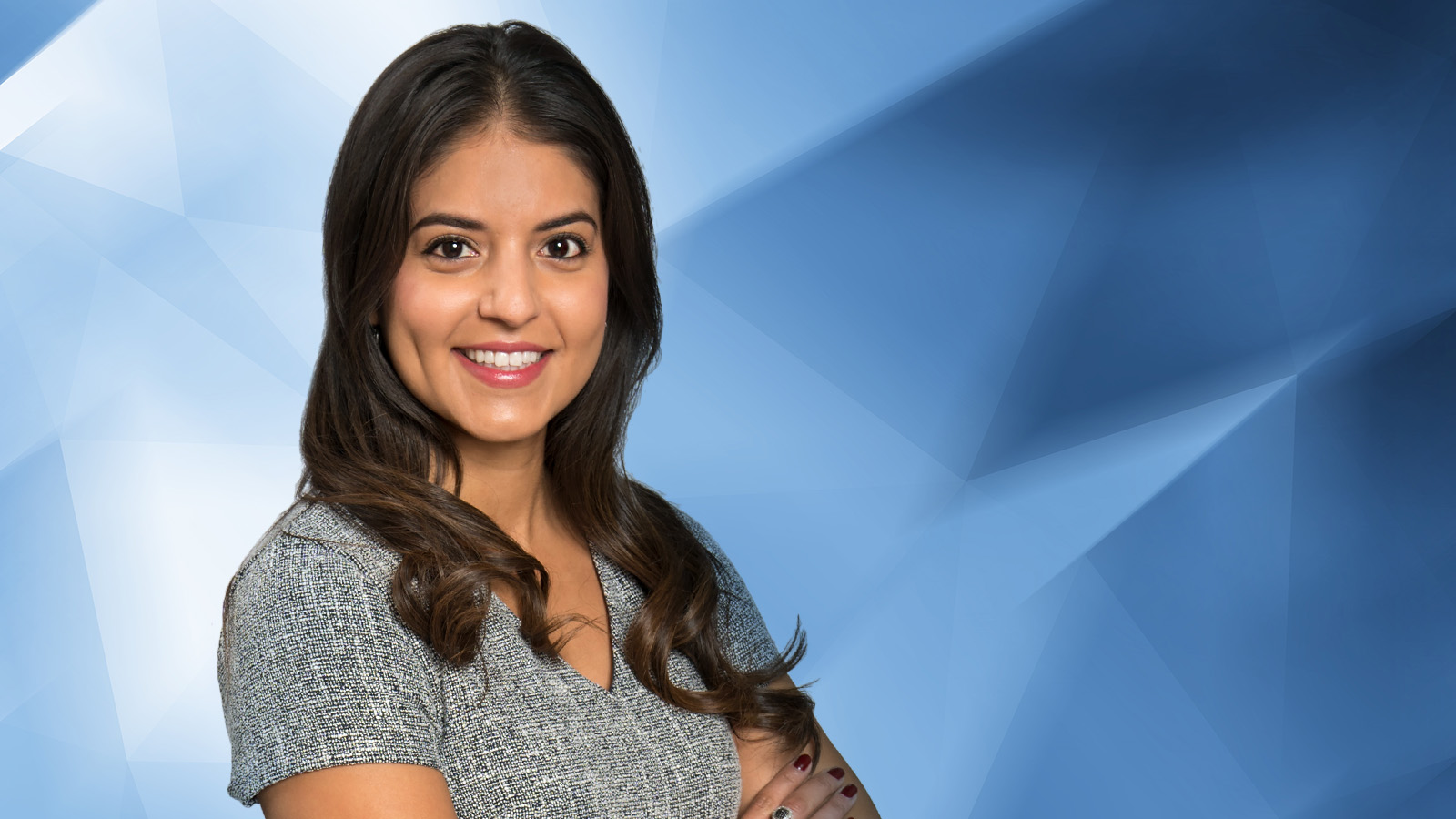Stay Up to Date
Submit your email address to receive the latest industry and Aerospace America news.
Vanessa Reyna, 32, mechanical engineer, Raytheon Missile Systems
Vanessa Reyna was in high school in Edcouch, Texas, a town of about 3,400 people in the Rio Grande Valley, when a teacher suggested she try pursuing an engineering degree. Reyna now works in Tucson, Arizona, on some of the most timely and critical defense technology the U.S. has. Specifically, she performs finite element analysis and testing of missile defense equipment. Among its products, Raytheon builds surface-to-air Standard Missiles for ship- and land-based Aegis Combat Systems, and Exoatmospheric Kill Vehicles for the Ground-based Midcourse Defense system, the missiles in Alaska and California that would spring from silos and attempt to shoot down North Korean warheads. Reyna’s path to this career was anything but typical.
How did you become an engineer?
I wasn’t like a lot of the other engineers I talk to. I didn’t build stuff when I was young. I didn’t try to fix cars. I played Barbies. I was a cheerleader. I was always good at math and science. I could probably credit that to my dad who was a math teacher. In high school, one of my calculus teachers told me I should try engineering when I got to college. I didn’t even know what that meant. I went to the University of Texas Pan American in South Texas, which is now called University of Texas Rio Grande Valley. I didn’t know what I wanted to do. I was very confused. I had to pick something. I thought, “I’m going to try the dental program and be a dentist.” I went over there and they told me I was too late to sign up for the program. So I went across the street to the engineering building and they welcomed me with open arms. As soon as I took my first class, my intro to engineering, I fell in love with engineering. I knew that’s what I wanted to continue to do. I did some materials research in school. That got me the opportunity to come here. I did my first internship at Raytheon in the materials lab. I did three internships here. I also did a co-op at another defense industry company. Then I came back to Raytheon full time. I took a vibrations course in school and noticed that Raytheon had a group called structural analysis that was doing finite element analysis and modeling. I said, “Get me into that group next summer and I’ll be yours.” They did. I enjoyed it so much I wanted to come back the following summer. Then I graduated and came back full time in the structures group.
Imagine the world in 2050. What do you think will be happening in missile defense?
We are always trying to stay ahead of the threat. There are so many threats right now worldwide. We have to make things faster and we have to make things hit targets that are a lot smaller now. That’s where we are headed. We always want to keep our troops and country and allies safe. We have to stay ahead of that threat and kind of get into their head. What is their next move going to be? We just have to be faster and stronger than them. We are always trying to protect our war fighters. I know what that’s like. My dad was in the Army. Two of my brothers were Marines. I’ve got two cousins who were Marines. Another cousin was Army. An uncle was a Marine. I feel like we have to do our work with them and their families in mind. I’m happy that I get to work here at Raytheon, preserving the greater good of freedom.
About Debra Werner
A longtime contributor to Aerospace America, Debra is also a correspondent for Space News on the West Coast of the United States.
Related Posts
Stay Up to Date
Submit your email address to receive the latest industry and Aerospace America news.




